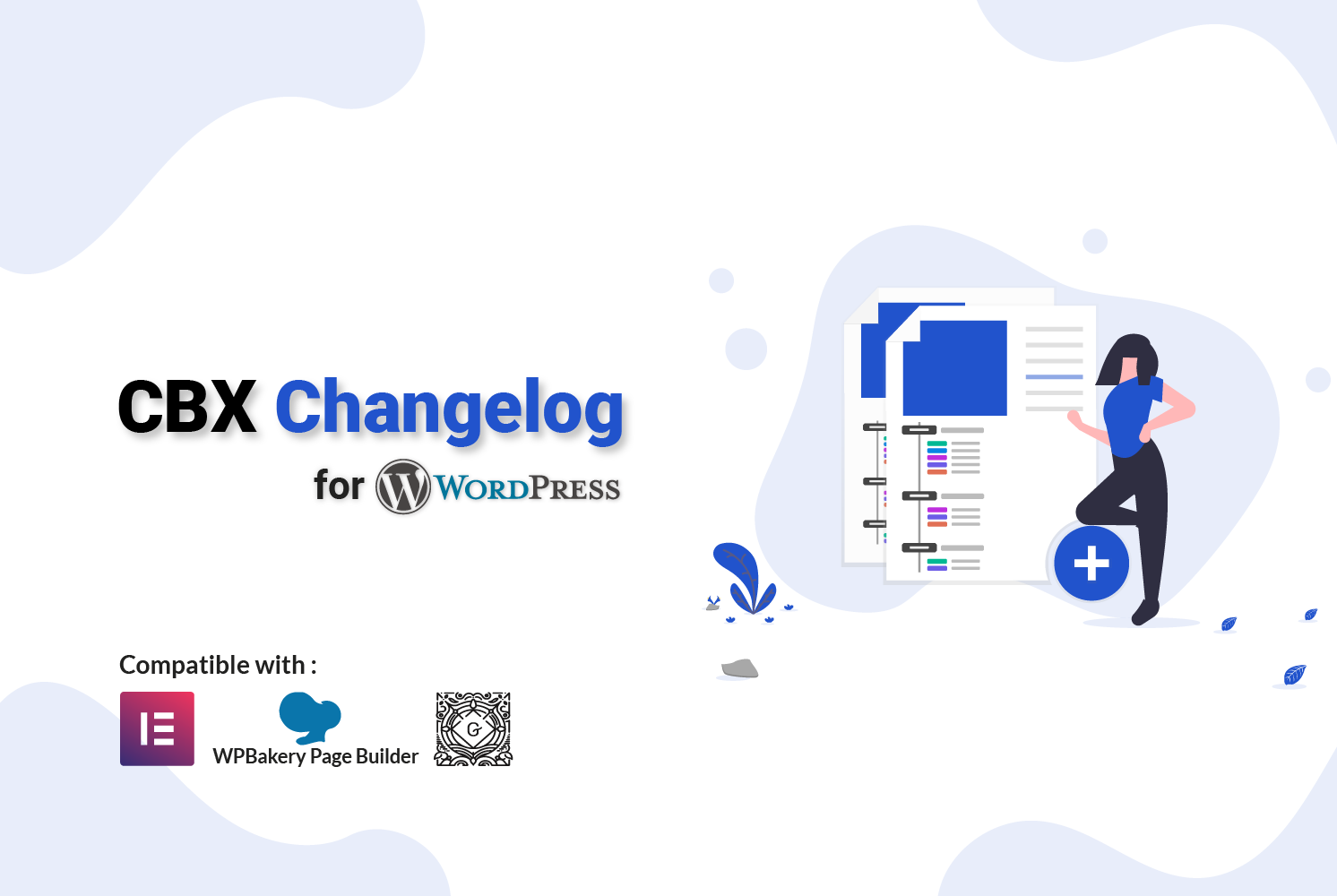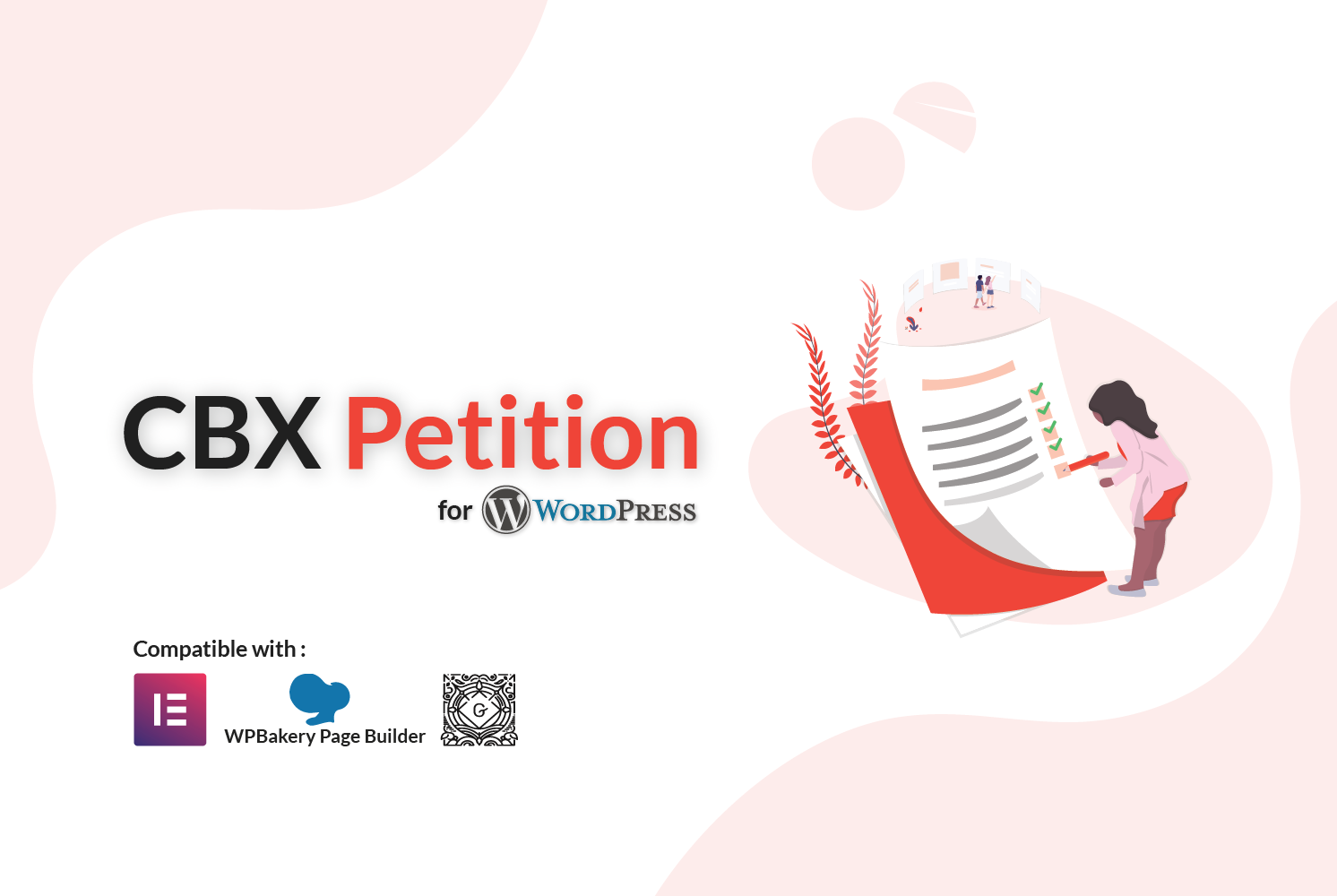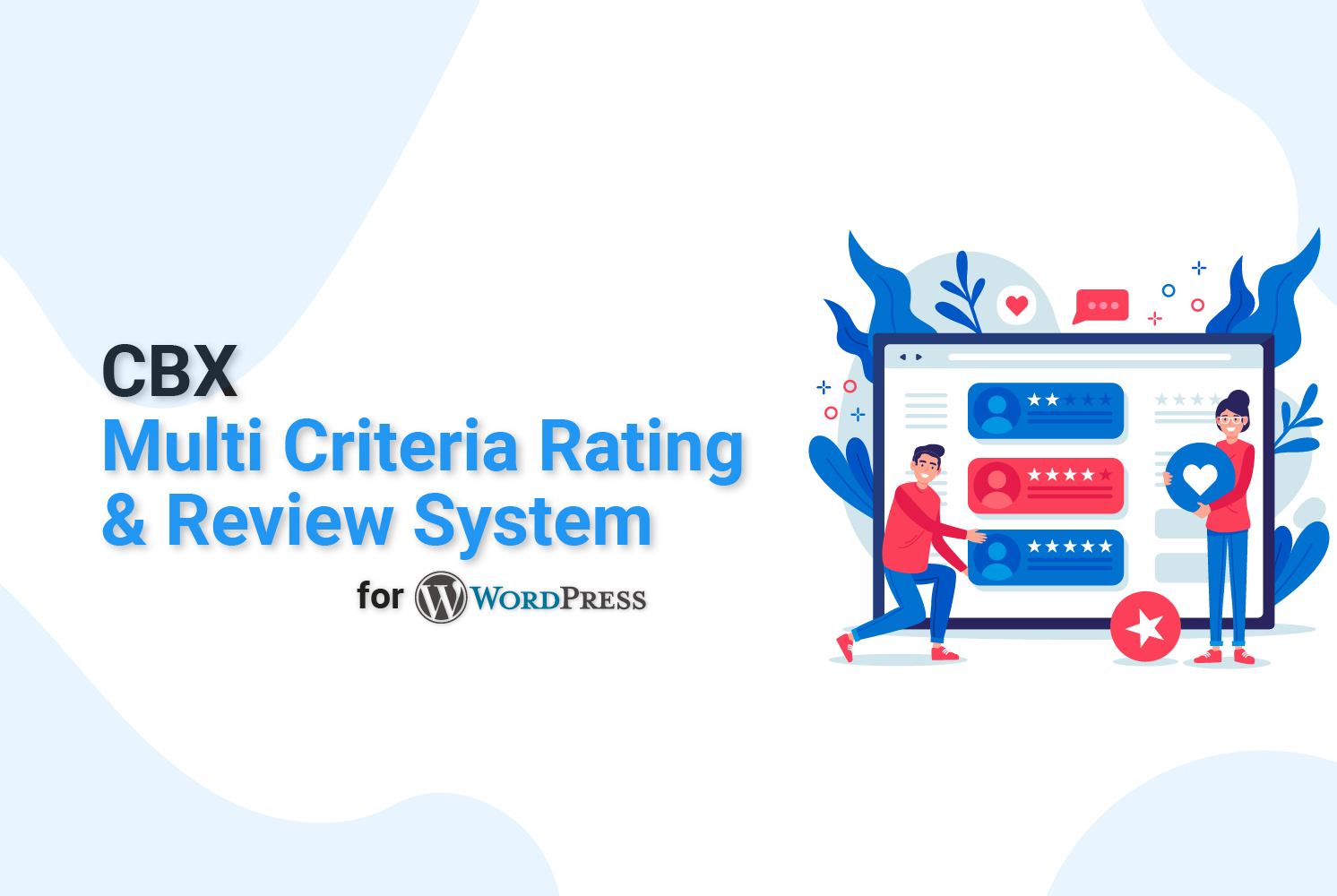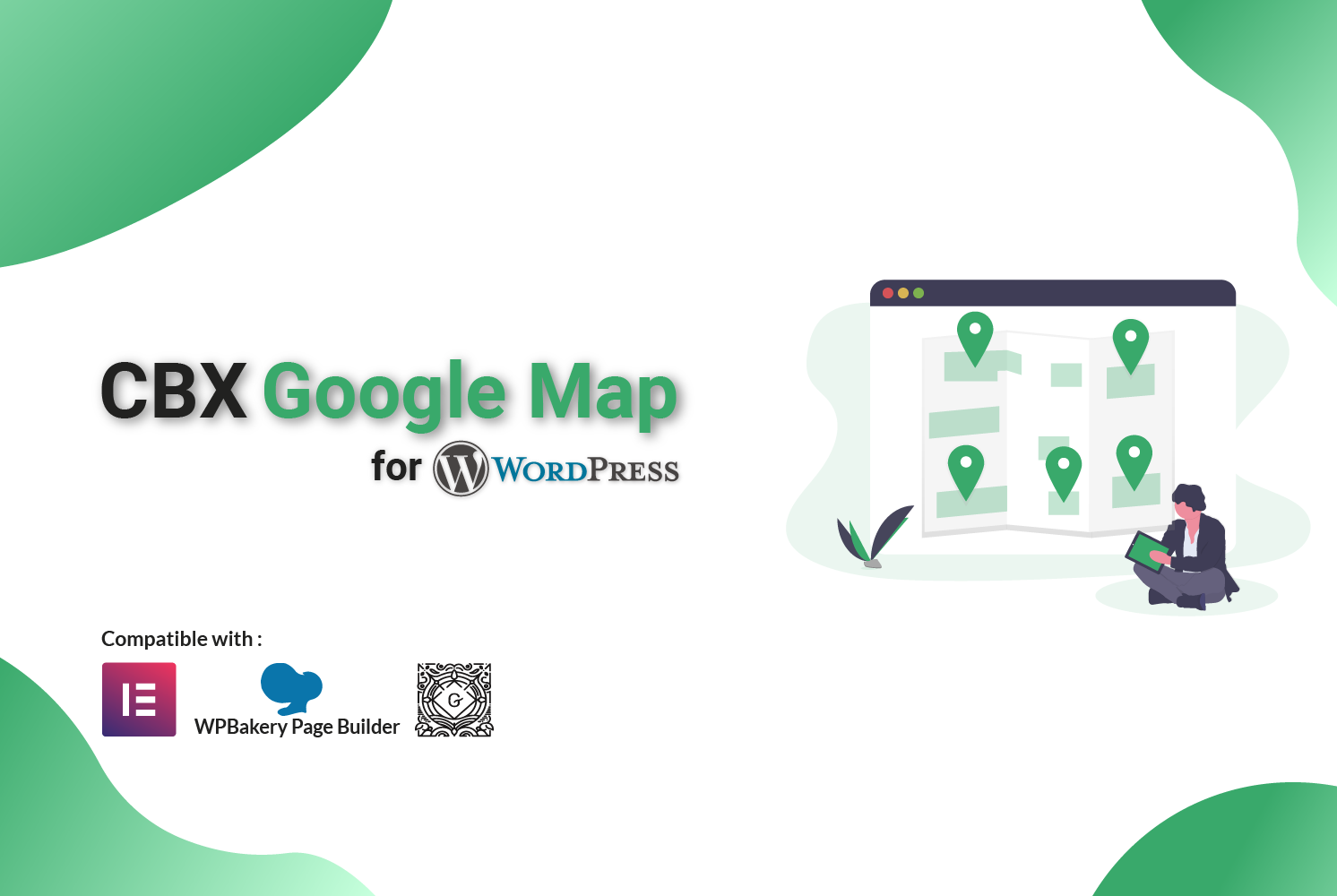Best PHP PDF Libraries: Comparison, Pros & Cons, and Installation Guide
When working with PHP and you need to generate PDFs, there are several powerful libraries to choose from. Each one has its own strengths and ideal use cases. Whether you’re building an invoice system, report generator, or a Laravel-based document service, the right tool can save you development time and deliver better results. In this post, we review the most widely used PHP PDF libraries, including their pros, cons, GitHub stats, Laravel support, and installation tips.
1. mPDF
Website/GitHub: https://github.com/mpdf/mpdf (⭐ 8.6k+ stars)
Description: mPDF is one of the most comprehensive PHP libraries for converting HTML/CSS into PDF. It’s built to support multilingual documents (including RTL languages), complex layouts, and advanced document features like bookmarks and watermarks. It’s widely used in applications that demand quality rendering and precise layout control. Although not Laravel-specific, mPDF integrates smoothly into any PHP or Laravel project.
Pros:
- Strong Unicode and RTL support
- Supports watermarks, bookmarks, and more
- Handles large and complex documents better
Cons:
- Heavier and more resource-intensive
- Custom HTML tags may be required for certain features
Installation:
composer require mpdf/mpdf2. Dompdf
Website/GitHub: https://github.com/dompdf/dompdf (⭐ 9.5k+ stars)
Description: Dompdf is a PHP library that converts HTML and CSS into PDF documents with a simple, user-friendly API. It’s an excellent choice for developers who need quick PDF generation with minimal setup. It’s compatible with Laravel via community wrappers like barryvdh/laravel-dompdf, making it a popular option in Laravel projects.
Pros:
- Simple and beginner-friendly
- Decent CSS2.1 support
- MIT licensed and lightweight
Cons:
- Slow for large documents
- Limited Unicode and advanced features
Installation:
composer require dompdf/dompdfLaravel wrapper: composer require barryvdh/laravel-dompdf
3. TCPDF
Website/GitHub: https://github.com/tecnickcom/tcpdf (⭐ 6.9k+ stars)
Description: TCPDF is one of the oldest and most feature-complete PHP libraries for generating PDFs. Unlike others, it doesn’t rely on HTML but gives granular control over every PDF element via PHP code. It’s trusted in legacy systems and use cases where precise document rendering and rich features like barcodes or digital signatures are needed. While not Laravel-specific, it can be manually integrated.
Pros:
- Very stable and mature
- No external dependencies
- Rich feature set: barcodes, digital signatures, etc.
Cons:
- Steeper learning curve
- Not HTML/CSS-based, so layout is more manual
Installation:
composer require tecnickcom/tcpdf4. Snappy (wkhtmltopdf wrapper)
Website/GitHub: https://github.com/KnpLabs/snappy (⭐ 3.5k+ stars)
Description: Snappy is a lightweight PHP wrapper for the wkhtmltopdf command-line tool, which uses the WebKit engine (like Chrome) to render HTML to PDF. This means it supports full CSS, JavaScript, and web rendering. Snappy is a go-to for developers needing pixel-perfect browser-style output, and it integrates easily into Laravel via barryvdh/laravel-snappy.
Pros:
- Full CSS/JS rendering using WebKit
- Excellent quality output
- Fast rendering
Cons:
- Requires
wkhtmltopdfbinary to be installed - Server compatibility issues can arise
Installation:
composer require knplabs/knp-snappyLaravel wrapper: composer require barryvdh/laravel-snappy
Also install wkhtmltopdf binary on your server.
5. Html2Pdf
Website/GitHub: https://github.com/spipu/html2pdf (⭐ 1.2k+ stars)
Description: Html2Pdf is a user-friendly wrapper over TCPDF, allowing developers to use simplified HTML and CSS for PDF generation. It’s a good option if you’re looking for easier layout control with more readable syntax than TCPDF’s native PHP methods. Although it’s not tailored for Laravel, it can still be integrated into any PHP framework.
Pros:
- Simple HTML-like syntax
- Built on stable TCPDF backend
- Supports multiple languages
Cons:
- Limited support for modern CSS
- Still inherits TCPDF complexity in some cases
Installation:
composer require spipu/html2pdf6. FPDF
Website/GitHub: http://www.fpdf.org/ | GitHub Mirror (⭐ 1.6k+ stars)
Description: FPDF is a classic and lightweight PHP library for generating PDFs without any external dependencies. It doesn’t support HTML/CSS rendering but allows you to position text and images using PHP functions. It’s ideal for simple PDFs like receipts, certificates, or invoices. While there’s no official Laravel wrapper, it can be integrated manually or via a custom service provider.
Pros:
- No external dependencies
- Very lightweight and fast
- Great for simple PDF layouts
Cons:
- No support for HTML/CSS rendering
- Manual layout positioning required
Installation:
composer require setasign/fpdfCan be used in Laravel by creating a custom wrapper class.
Conclusion
Choosing the right PDF library depends on your needs:
- Dompdf is great for quick and simple jobs, especially with Laravel support.
- mPDF is ideal for rich HTML-to-PDF rendering with better language support.
- TCPDF is robust for advanced use cases with full control and no external dependencies.
- Snappy offers top-quality rendering using a browser engine and works well in Laravel apps.
- Html2Pdf provides a nice balance if you’re comfortable with simplified HTML and want TCPDF features.
- FPDF is best for lightweight, dependency-free PDF generation with full manual control.
Explore each based on your project’s complexity, performance requirements, and HTML rendering needs. Happy coding!
BTW, if you need help to integrate any pdf package in code , we mean professional help, contact us.








